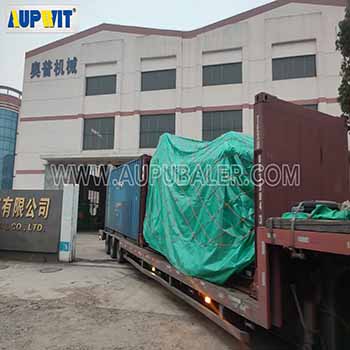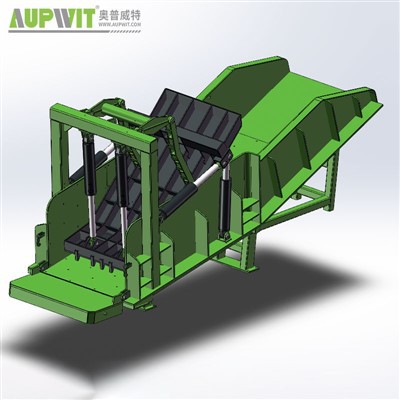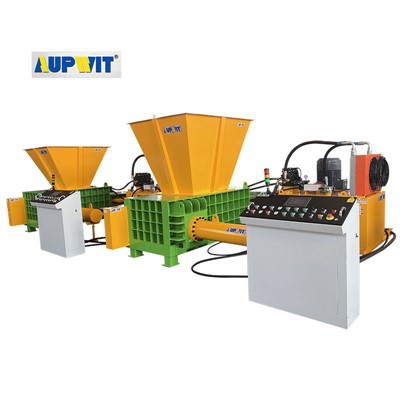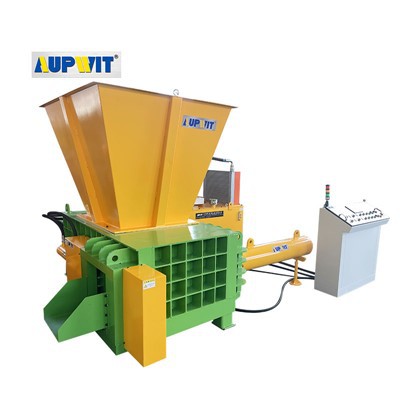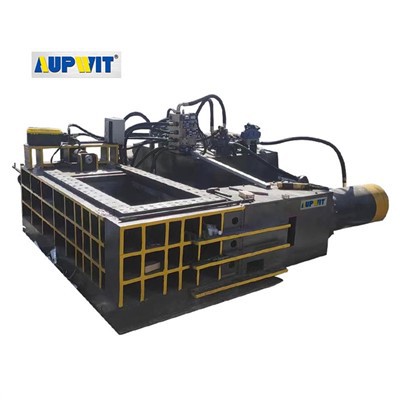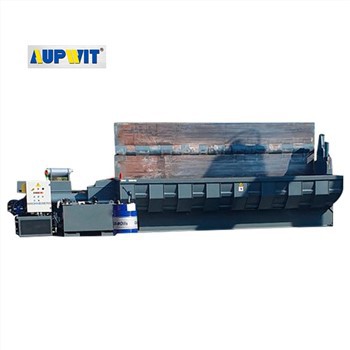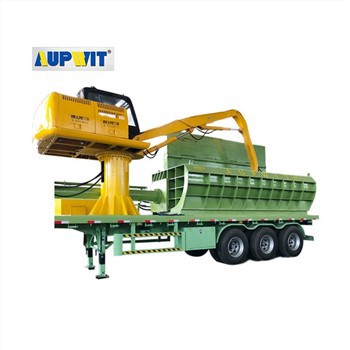According to the daily material processing volume of the enterprise, accurately evaluate the output of the Horizontal Baler. For example, if 5 tons of waste paper need to be processed every day, a model with a rated output that matches or is slightly higher should be selected to avoid affecting the production progress due to insufficient equipment capacity.
2. Compression force
Based on the material characteristics, such as hardness and toughness, select equipment with appropriate compression force. It takes a large compression force to process hard plastics. If the compression force is insufficient, the packaging effect is poor, and the material is loose and easy to scatter; if it is too large, it may damage the equipment.
3. Size and specifications
Consider the material size and storage space, and select the appropriate machine specifications. If the material volume is large, but a small device is selected, it cannot be effectively compressed; at the same time, the equipment size should be adapted to the factory site to ensure sufficient installation and operation space.
4. Automation level
Pay attention to whether the equipment has automatic feeding, weighing, bundling and other functions. Equipment with a high degree of automation can reduce manual intervention, improve production efficiency, and reduce labor costs, but the price is relatively high, and it is necessary to weigh the budget and needs.
5. Brand and after-sales service
Give priority to brands with good market reputation and high popularity. Big brands have stable product quality, mature technology, and a complete after-sales service system, which can promptly solve equipment failures and provide maintenance guidance.
6. Energy consumption
Check the power and energy utilization rate of the equipment and choose models with low energy consumption. In long-term use, low-energy consumption equipment can significantly reduce operating costs, which meets the development needs of enterprises to save energy and increase efficiency.
7. Safety performance
Ensure that the equipment is equipped with complete safety protection devices, such as emergency stop buttons, guardrails, safety locks, etc., to prevent accidents during the operation of the equipment and ensure personal safety.
8. Accessories versatility
Understand whether the equipment accessories are universal. For equipment with strong versatility, it is more convenient to replace accessories, the cost is lower, and the downtime caused by shortage of accessories can be reduced.
9. Price budget
Combining the above factors with the enterprise budget, choose equipment reasonably. Don't just pursue low prices, as low-priced equipment may have quality risks; nor is the more expensive the better, so make sure that the selected equipment is cost-effective
